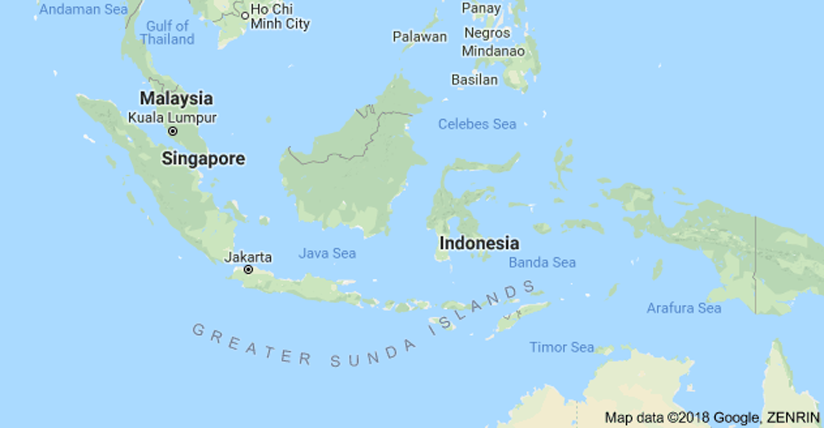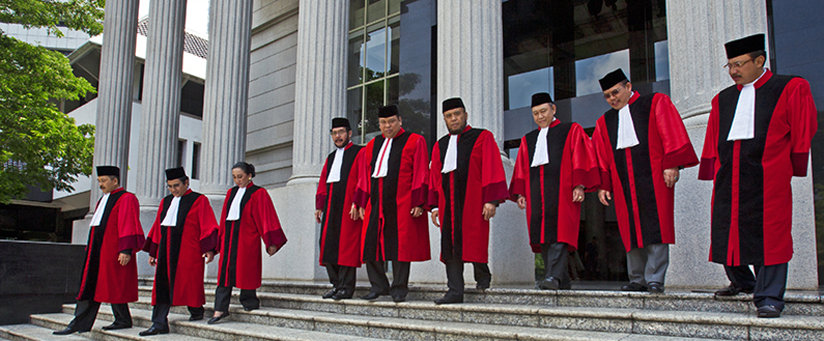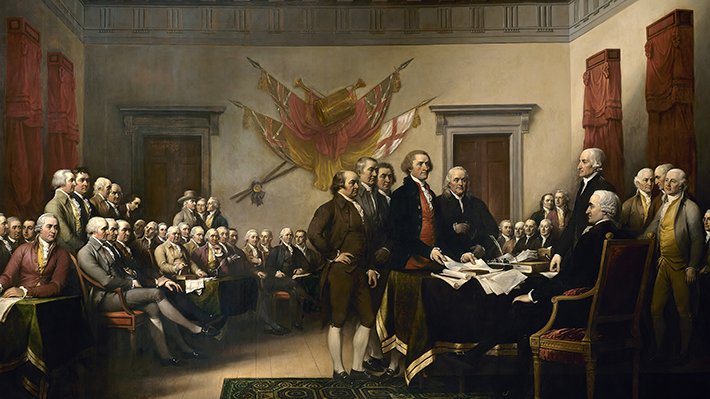
-
HOME
-
WHAT IS STANDOur Mission Our Values Our Help Contact
-
WHAT WE FIGHT FORReligious Freedom Religious Literacy Equality & Human Rights Inclusion & Respect Free Speech Responsible Journalism Corporate Accountability
-
RESOURCESExpert Studies Landmark Decisions White Papers FAQs David Miscavige Religious Freedom Resource Center Freedom of Religion & Human Rights Topic Index Priest-Penitent Privilege Islamophobia
-
HATE MONITORBiased Media Propagandists Hatemongers False Experts Hate Monitor Blog
-
NEWSROOMNews Media Watch Videos Blog
-
TAKE ACTIONCombat Hate & Discrimination Champion Freedom of Religion Demand Accountability
Indonesia Takes a Step Forward For Religious Freedom
One of the greatest obstacles to achieving broader freedom of religion is lack of a fully agreed-upon definition of religion. Too narrow a definition through prejudice or lack of understanding makes it possible to discriminate against people whose beliefs are deemed not worthy of protection.
In the past few months

To provide some background,
This has of course created difficulties for anyone whose beliefs did not make the list. For example, among those left out are millions of Muslims whose understanding and practice of Islam do not conform to the majority. Atheism is illegal. Also excluded are an estimated 12 million followers of a wide variety of ancient tribal faiths spread across
All Indonesians are issued national ID cards which include a person’s religious affiliation. Only the six official religions are allowed to be listed. Anyone whose religion is not one of the six is allowed to leave the entry blank. However, leaving the field blank has been reported to cause difficulties with such things as registering a marriage, gaining government employment or obtaining government services.

In November 2017,
This month,
It’s easy for those of us who live in the

Consider this excerpt from rules written for courts on reservations in 1892 by the Commissioner for Indian Affairs: “Any Indian who shall engage in the practices of so-called medicine men, or who shall resort to any artifice or device to keep the Indians of the reservation from adopting and following civilized habits and pursuits, or shall use any arts of conjurer to prevent Indians from abandoning their barbarous rites and customs, shall be deemed guilty of an offense….”
Both the rule and the attitude expressed in the preceding quote reflected the prevailing philosophy that existed for much of American history, specifically that the cultural and religious traditions that Native American peoples had followed for thousands of years should be eradicated so that they could become “civilized.” There was no thought that their “barbarous rites and customs” were religions that should be protected by the First Amendment.
Defining religion is never going to be easy since it is about infinite realities such as God and spirituality.
Prevailing views have changed over the years and Congress even adopted an American Indian Religious Freedom Act in 1978. While making its guarantees a reality remains a work in progress, there is at least an awareness that their beliefs and practices comprise religions which should be respected.
Defining religion is never going to be easy since it is about infinite realities such as God and spirituality, and the words “define” and “definition” come from a Latin word that means “to limit.” Thus, trying to define religion is essentially trying to put a limit on the infinite. However, the rights to religious liberty of 266 million Indonesians, 327 million Americans and over 7 billion people around the world depend on religion having a practical and workable meaning.
No one said it would be easy and the definition of the term will continue to evolve—just as religious beliefs and disbeliefs will continue to develop.
I’ll end with my hope that the people of









